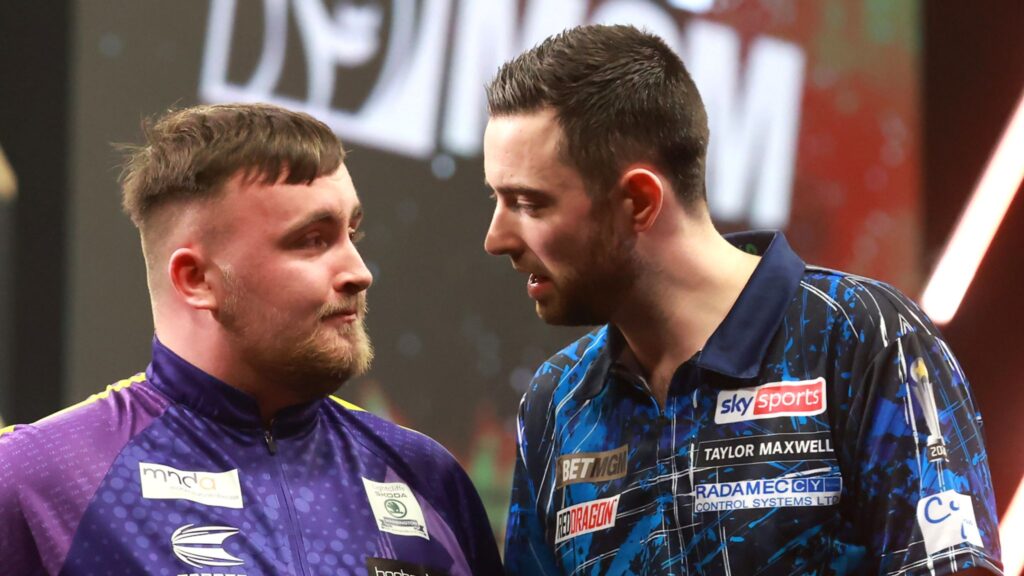Fire up the marching band and raise the flags any flags, really. The Club World Cup has arrived in the United States, but you’d be forgiven for not noticing. As Lionel Messi’s Inter Miami prepares to face Al Ahly in the tournament opener at the Hard Rock Stadium in Miami, the event drifts through the American consciousness like static on a distant channel. For FIFA, this $1bn project is supposed to be a grand spectacle, football’s “Big Bang.” For many on the ground, it’s more like white noise.
In theory, the US is “ready” for this event, but the response has been tepid. On the streets of Miami, residents respond with blank stares to mentions of the Club World Cup. While Messi’s presence offers a glimmer of appeal, this tournament remains largely out of step with the country’s already crowded entertainment ecosystem. From $4 ticket deals to celebrity no-shows, the buildup has been filled with moments that almost happen press conferences without key speakers, training sessions without star players, and video messages masquerading as live announcements.
The tournament itself feels manufactured, an exercise in spectacle over substance. Sixty-three matches across 11 cities over four weeks, the whole thing bloated with corporate ambition but often devoid of organic excitement. Matches like Ulsan HD vs. Mamelodi Sundowns, or PSG vs. Botafogo in Los Angeles, seem more like programming than sport, performances curated for the sake of content rather than connection.
And yet, there are flashes of something real. Big clubs like Real Madrid, Manchester City, Bayern Munich, and Boca Juniors have traveled to compete. There’s genuine intrigue in seeing these sides clash on unfamiliar soil. River Plate against Inter in Seattle could deliver something stirring. Watching Messi on American turf still has allure. Real Madrid’s tactical evolution under new leadership provides a compelling subplot, as does João Cancelo’s bizarre run of playing for nearly every contender.
Still, the tournament is haunted by its origins. It’s the brainchild of a single man FIFA president Gianni Infantino whose vision for football increasingly resembles a private empire. With 12 European clubs involved, FIFA’s redistribution of wealth seems skewed, acting more like a corporate investor than a global regulator. The tournament’s staggering prize pool primarily benefits elite European teams, raising questions about the governing body’s role and legitimacy.
All this unfolds in a setting that feels curiously fitting: Florida, a place defined by spectacle, real estate dreams, and artifice. On the same day as the tournament’s kickoff, the US will witness 1,500 political protests. In Washington, Donald Trump is expected to lead a grand military parade absent from Miami, to Infantino’s likely disappointment. The convergence of politics, power, and performance art feels all too on-brand.
Ultimately, this Club World Cup is not just about football. It’s about control, image, and the strange new terrain that sport is crossing into. In its synthetic staging and forced grandeur, it raises uncomfortable questions about who owns the game, and what happens when global sport becomes a billionaire’s plaything. Still, even in this plasticine version of the beautiful game, some moments may yet prove real enough to matter. Let the almost-games begin.

